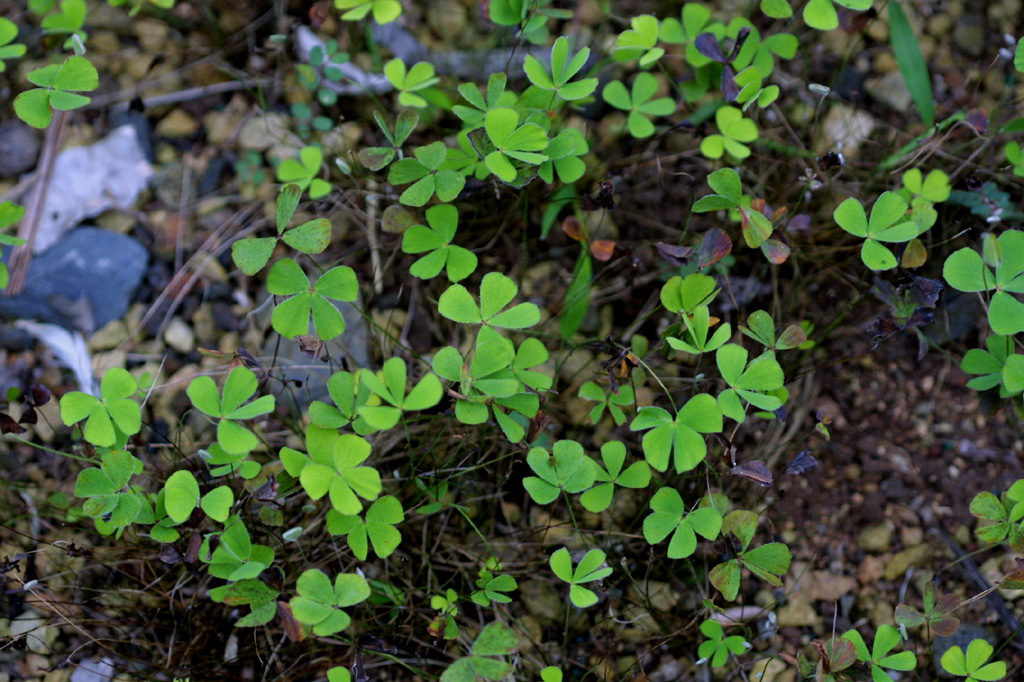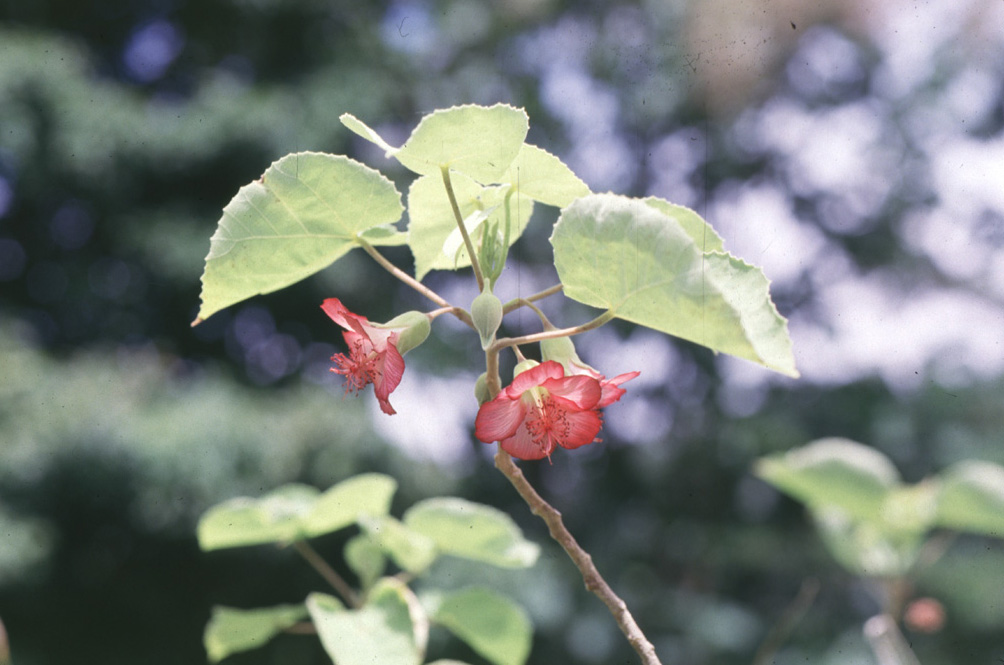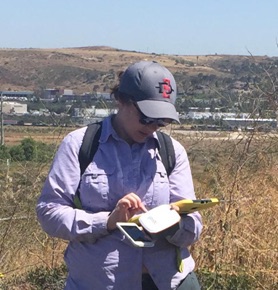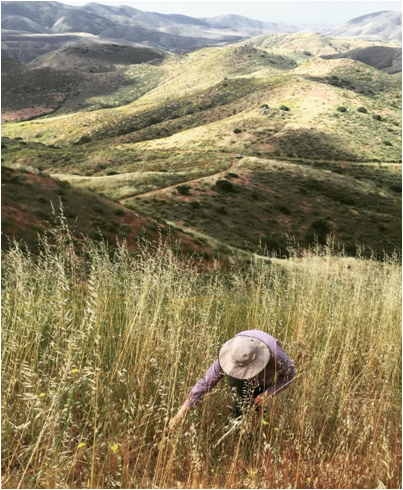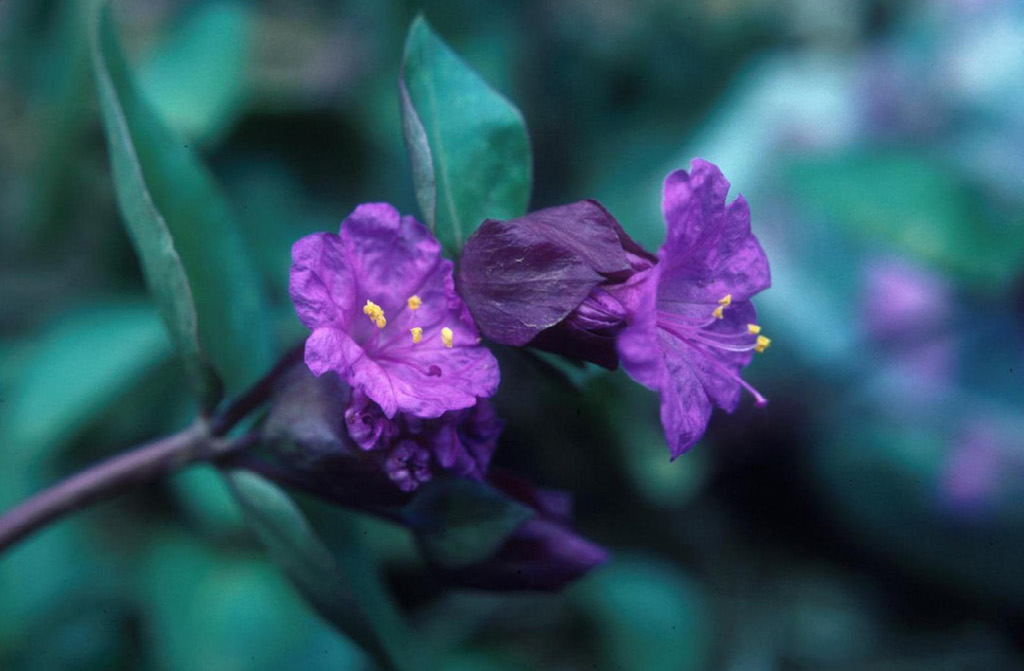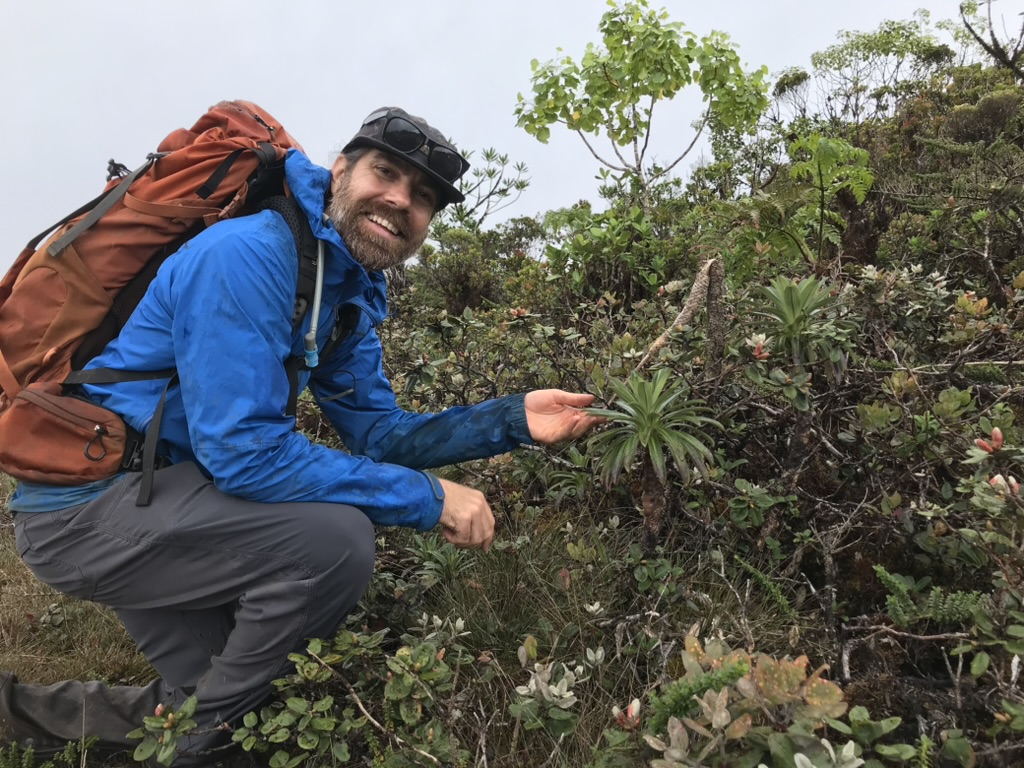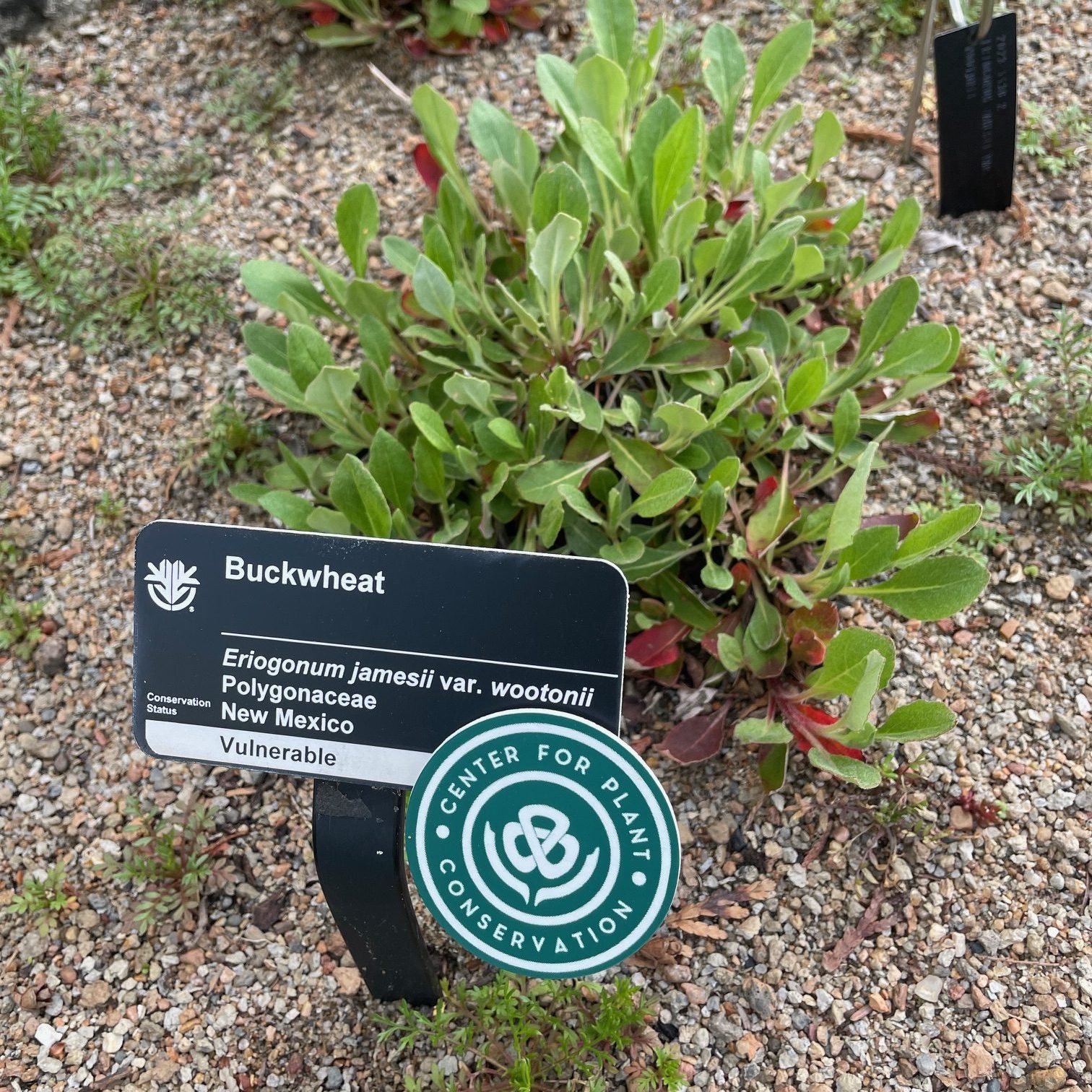An initial recovery plan was created in 1985. It called for baseline studies, determination of population trends, and periodic sampling of populations. The species was downlisted to Threatened in 1996 due to the discovery of additional populations and successful recovery efforts. A revised recovery plan was finalized in 2000. The protection of Mirabilis macfarlanei is especially important because it is host to a rare moth that was discovered in 1983. This Heliodinid moth (Lithariapteryx sp.) is host specific to M. macfarlanei. The moth larvae only feeds on the leaves and flowers of Mirabilis macfarlanei (Baker 1985). In the interests of biodiversity, it is important to preserve both the rare moth and the rare four-o’clock. Because the moth’s feeding preferences have the capability of reducing reproduction of the four-o’clock, it is important to protect large numbers of plants. With larger numbers of plants, there will be a greater chance for plants to reproduce.
The species was named after Ed MacFarlane, who was a riverboat pilot on the Snake River for over 30 years. Ed MacFarlane did not discover the species. It was shown to him by Harold St. John, a botanist, on a trip up the Snake River. For unknown reasons, St. John did not publish his find. Later, Ed MacFarlane showed two other botanists, Lincoln Constance and Reed Rollins, the plant. They described the species and named it after the pilot (Pilz 1978 in Kaye and Meinke 1992).
Information from CPC Plant Profiles
